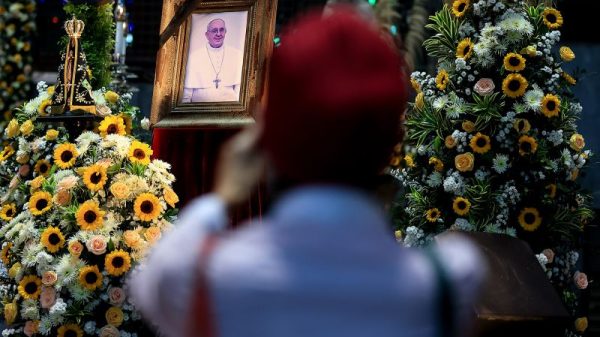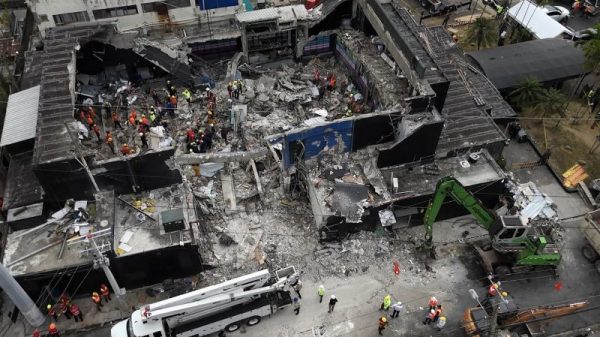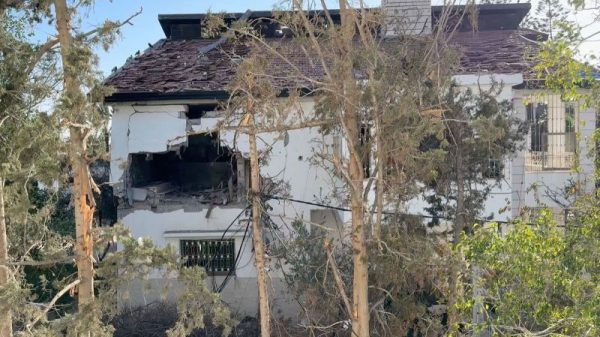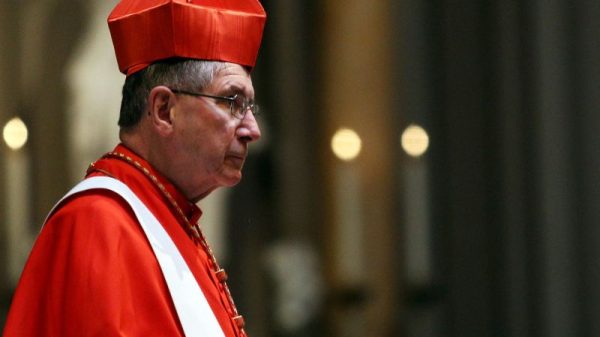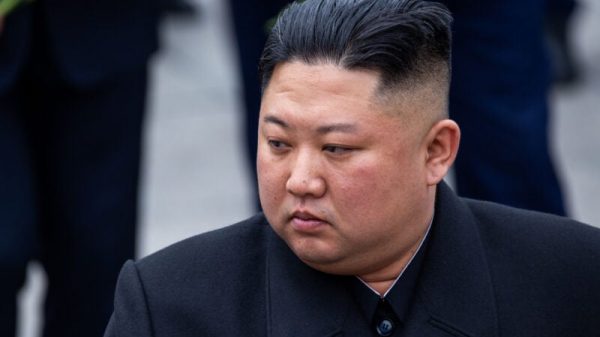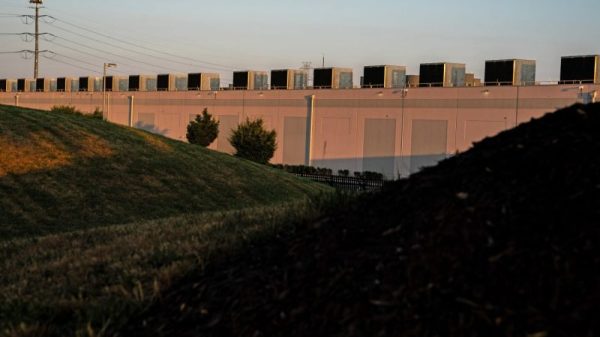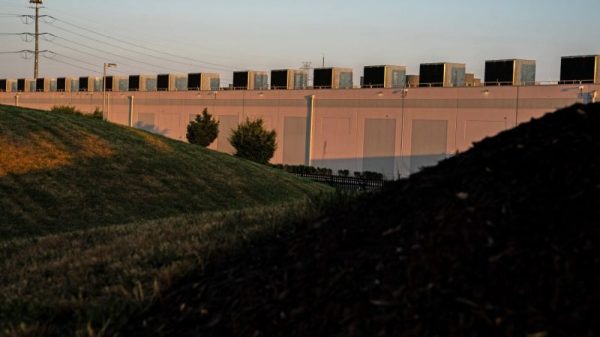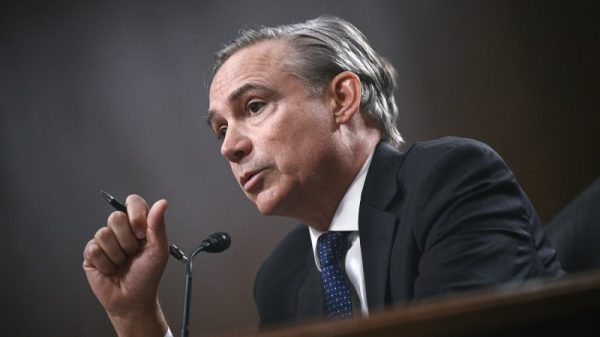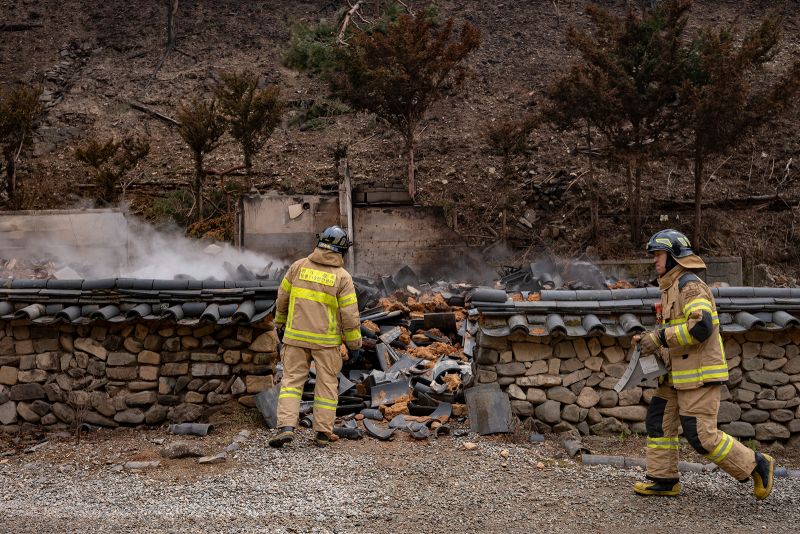A South Korean man tending a family grave is suspected of sparking one of the record wildfires that ravaged the southeastern part of the country last week, the National Police Agency said on Monday.
The multiple fires, which left 30 people dead and thousands of structures – including a centuries-old Buddhist temple – destroyed, were described as unprecedented in South Korea.
Police said the man, who is in his 50s, was booked in connection with the fires. In South Korea, a booking is not an arrest but rather indicates the man’s information was collected for the investigation.
He was looking after a family grave on a hill in Uiseong County, North Gyeonsang province, on March 22 when he was suspected of igniting a blaze amid windy conditions, police said.
Tending to family or ancestral graves is common in South Korea, especially during the spring and autumn months, and similar traditions exist across East and Southeast Asia.
The fires, which burned about 48,000 hectares in total, had been extinguished by Monday, the Korea Forest Service said in a statement.
More than 3,100 people were evacuated to 114 shelters due to the fires, and five areas – Uiseong, Andong, Cheongsong, Yeongyang, and Yeongdeok – have been declared special disaster zones, the service said.
South Korea’s military deployed approximately 7,500 ground troops and more than 420 helicopters, including four from US Forces Korea, to help in the wildfire fight, according to the Defense Ministry.
More than 10,000 firefighters, police and civil servants were deployed to multiple areas in the south last week since dozens of blazes broke out.
Among the casualties were civil servants dispatched to fight the wildfire. Many of the civilians killed were age 60 or older, including some who struggled to escape quickly or others who did not want to evacuate. A pilot was also killed when his helicopter crashed.
The 1,300-year-old Gounsa temple in Uiseong County, a major Buddhist landmark, was among the dozens of buildings that have burned to the ground with its ceremonial bell the only piece appearing somewhat intact, according to photos from the Jogye Order of Korean Buddhism.
Some of the artifacts that were in the historic site, including the seated stone Buddha designated a treasure by the state, were spared from the fire as they were relocated to other temples ahead of the approaching blazes, it added.
Han Duck-soo, South Korea’s prime minister and acting president, said the fires were the worst the country has seen in recent years and had caused “unprecedented damage.”
Wildfires are caused by a tangle of factors but as the climate crisis escalates, it’s fueling the hot and dry weather that helps fires burn faster and more intensely.
Unusually warm spring temperatures in South Korea dried out the landscape and, combined with strong winds, set the stage for fast moving fires to eat through the region’s dense forest.
This year alone, 244 wildfires have been reported in South Korea, 2.4 times higher than the same period last year, according to Han.






